
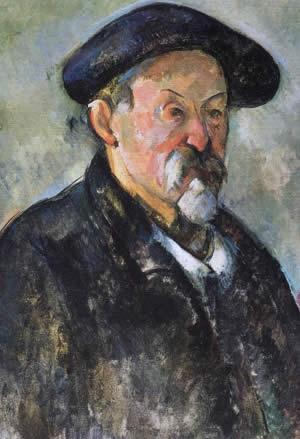
At the start of the 20th century, Cezanne's life was completely turned upside down. After the death of his father in 1886, his marriage to Hortense Fiquet, his lifelong companion left in the shadows for ten years, the passing away of Monticelli, he had to resign himself to losing Jas de Bouffan and finding a place favourable to his love of nature. It is also the period when he compares himself to Moses. He has approached the Promised Land close enough to see it but he will never enter.
The continuation of his work carried out in the atelier of Les Lauves, to the north of Aix en Provence, acquired in 1902, was going to brilliantly put the finishing touches to all his pursuits. A bearer of new ideas at the dawn of a new era for mankind, Cezanne gave himself as an objective the piercing of the secret of the Sainte Victoire mountain, a site with a highly symbolic value for him and the inhabitants of the region.
A bearer of the maddest of hopes, ready to receive the honours and audacity of a painter of genius, the Sainte Victoire mountain represented, Gilles Plazy emphasizes, "the place of ascension, it is the imposing nature that only gives itself to those who conquer it, it is that eminence that dominates a city and a countryside but whose summit seems far away…".
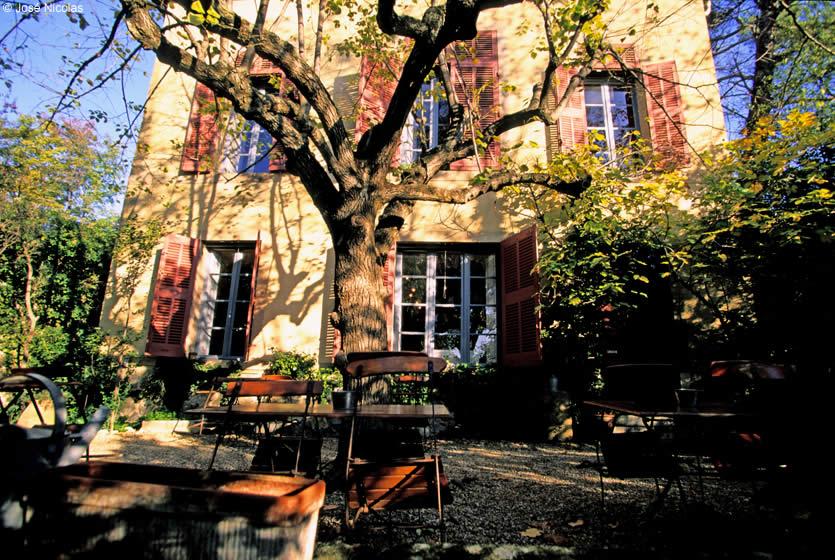
Lauves Garden, Aix en Provence
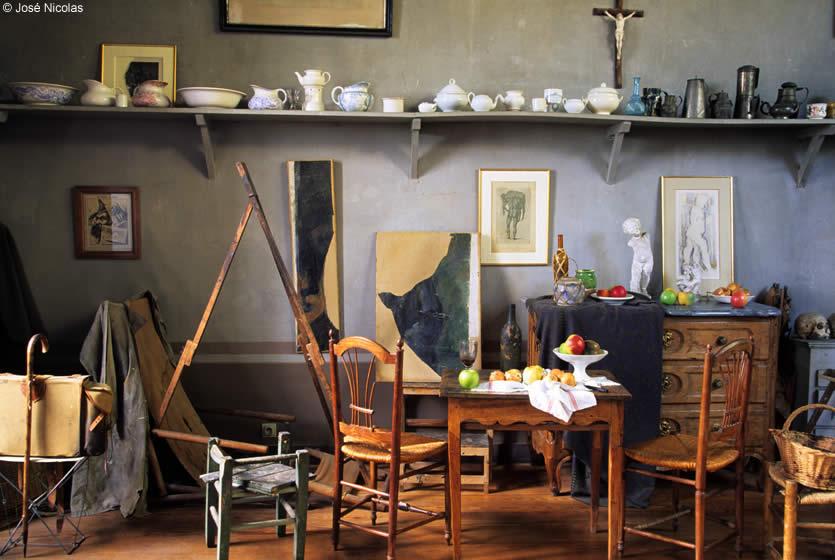
Atelier des Lauves, Cezanne workshop
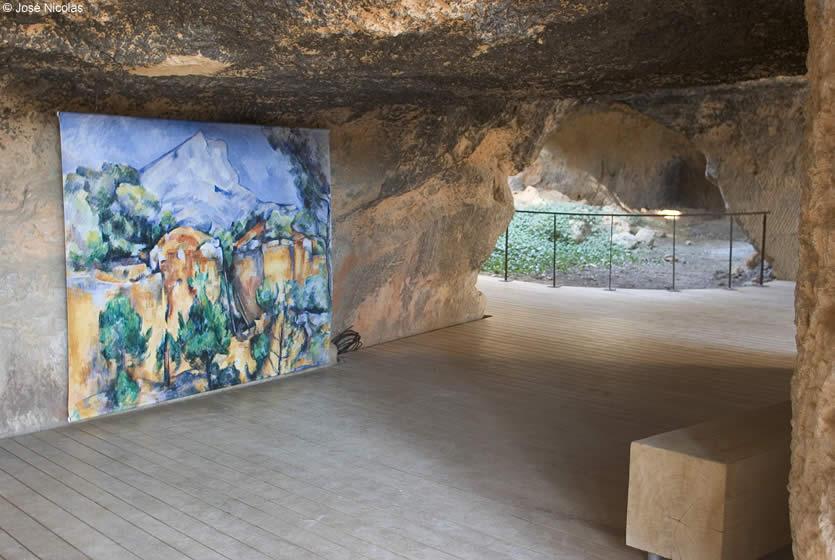
Bibemus carrer
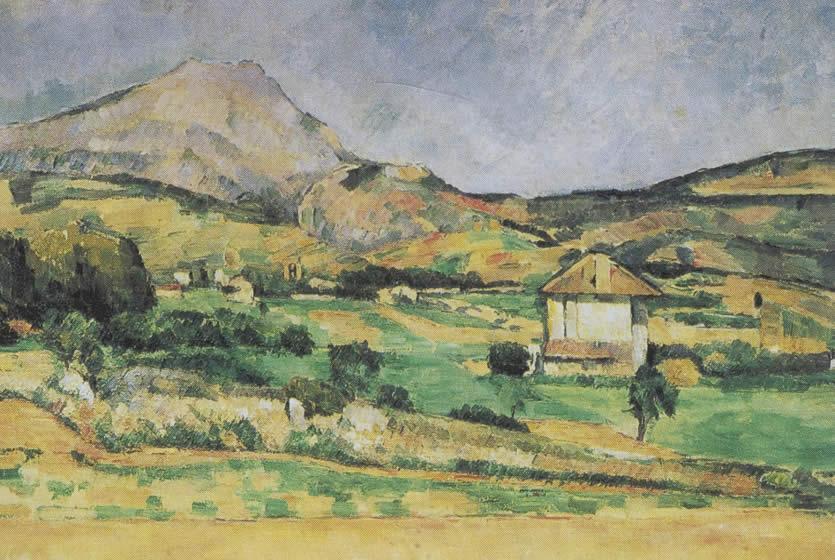
Cezanne, the Sainte-Victoire Mountain seen from Chemin de Valcros
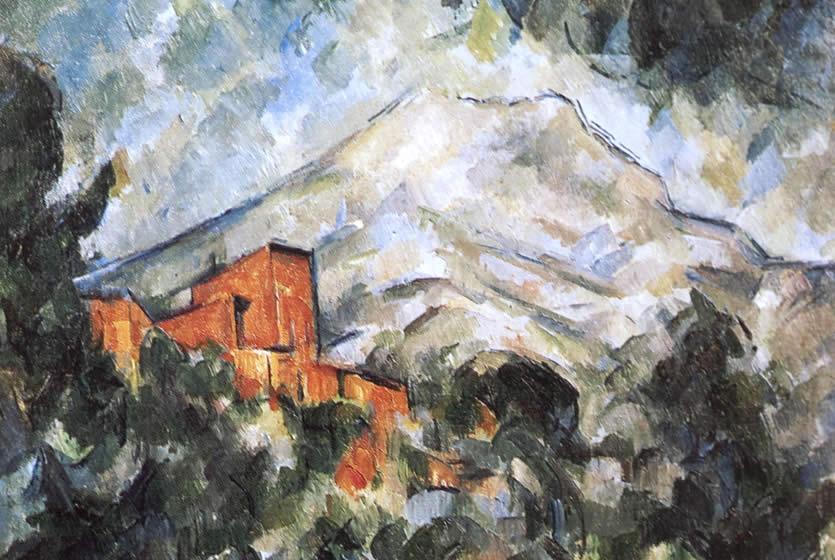
Cezanne, the Sainte-Victoire Mountain and the Château Noir, 1904-1906
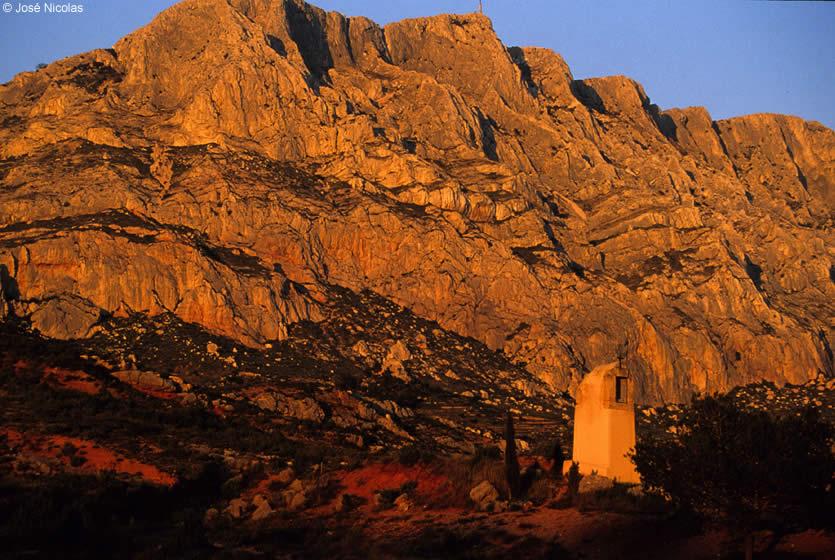
Sainte Victoire Mountain
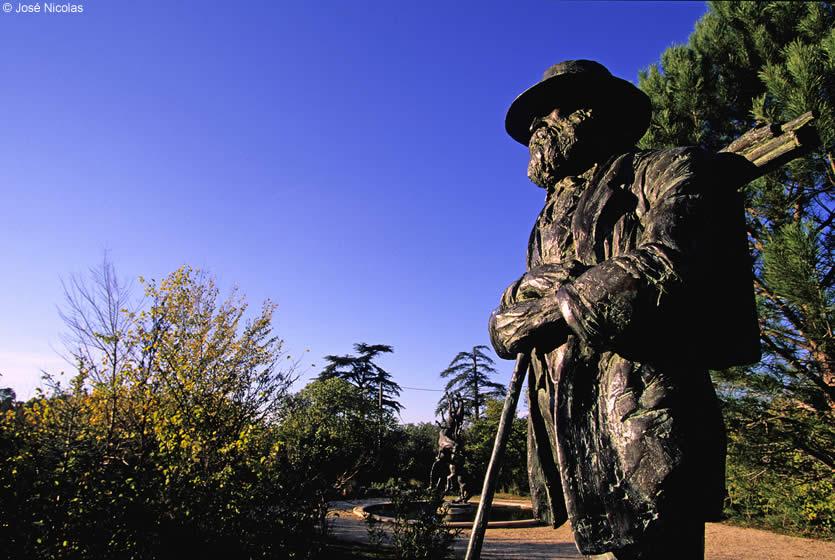
Statue of Cezanne, Atelier des Lauves
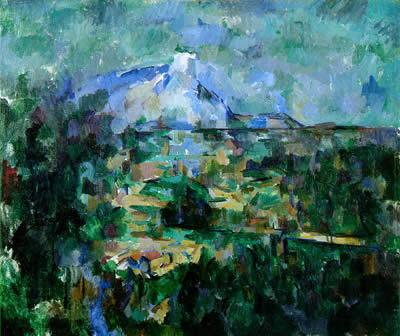
This summit, Cezanne was going to reach it in the final part of his life's work. Fascinated by this muse with exacting curves, he resolved one by one the contradictions inherent in his desire to objectively represent the reality of nature while remaining faithful to fluctuating sensations. The face to face between Sainte Victoire and his palette metamorphosed into a sublime epic.
For him, then, a painting is not a picture, it's an object with its weight in matter, its firmness, its structure particuliarly palpable in "the Sainte Victoire Mountain seen from les Lauves", a painting completed a few month before his death. As in the preceding ones, several spaces are contained in it. In the foreground, the plain, between Les Lauves and the Sainte Victoire, spreads out like a soft settee. Instinctively, we can guess that a dazzling performance awaits us.
The black, the browns, the greens and the violets form their joyous arabesques on a vertical plane destined to raise the curtain on another scene. Suddenly, as if by magic, Cezanne makes, in a projection of fantastic blue, the Sainte Victoire mountain loom up. In the meantime, a silence. Indeed, a spot of warm light tucked into the center of the painting clearly indicates the indissoluble presence of the sun: benevolent star, bountifully lighting up the constituent elements of the landscape.
For Gilles Plazy, this brilliant work says it all. Cezanne has kept his promise to one day tell "the whole truth". His engagement to nature has been consummated.
Cezanne wanted to die while painting. He passed away on the night of October 22 to 23, 1906 following a pleurisy contracted in a pouring rain while he was painting the Sainte Victoire mountain. He left us as an inheritance a lesson of humility to which to subscribe. Each of us, in the fashion of the master of Aix en Provence, takes up from the start, in our life as a painter and in our life as humans, the entire history of humanity.
Other accommodations
Vacation rentalWhere to sleep?